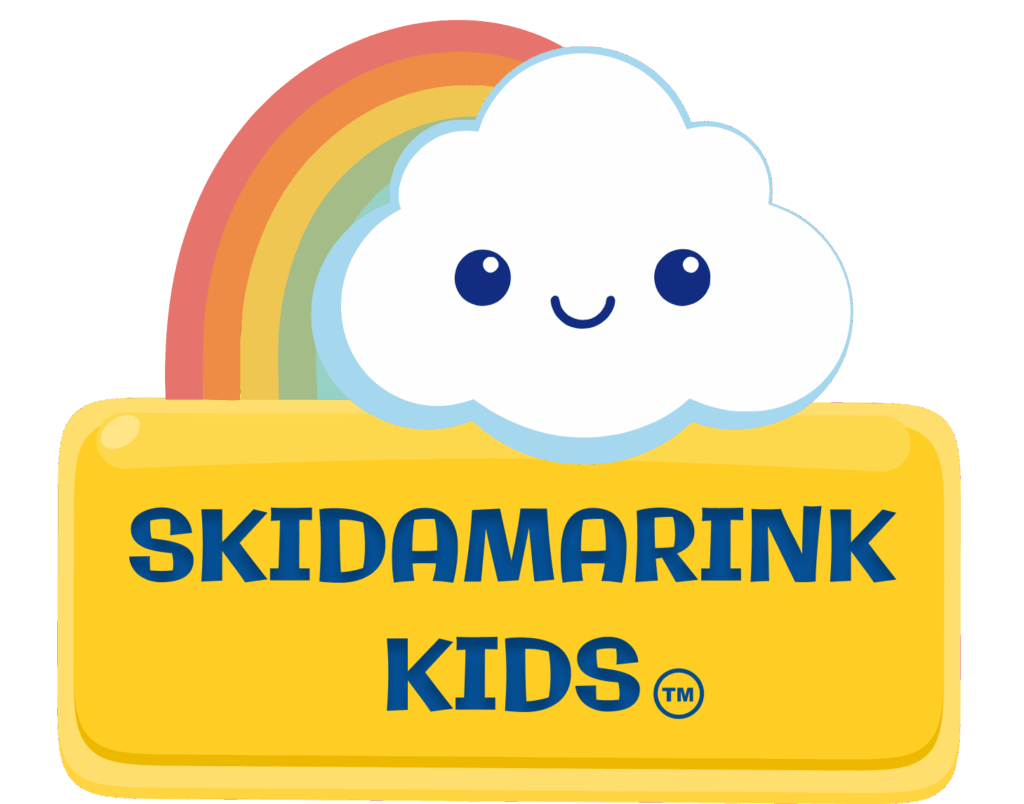Supporting Healthy Sucking Patterns
As a new parent, you’ve likely noticed your baby’s natural inclination to suck – whether on their fingers, pacifier, or during feeding time. This instinct isn’t just about nourishment; it’s one of your baby’s first ways of finding comfort and security in their new world.
Your little one entered the world with remarkable sucking reflexes. During those early months, sucking helps them feel safe, calm their emotions, and even supports their developing oral muscles. It’s fascinating to watch a newborn instinctively root for their food source or contentedly suck their thumb during a peaceful nap.
Understanding your baby’s sucking patterns can help you better respond to their needs. For instance, when your baby is hungry, you might notice quick, vigorous sucking during feeding. This “nutritive sucking” gradually shifts to a slower, more rhythmic pattern as they become satisfied. During “non-nutritive sucking” – like when they’re drifting off to sleep – the pattern becomes gentler and more sporadic.
Here are some ways to support healthy sucking patterns:

During feeding time, whether breast or bottle-feeding, find a quiet, comfortable space. This helps your baby focus on their natural sucking rhythm without distractions. Watch for cues that show they’re deeply engaged – relaxed hands, steady sucking, and content expression. If your baby seems frustrated or is having trouble maintaining their latch, try repositioning or taking a short break.
For non-feeding comfort sucking, observe what soothes your unique baby. Some infants prefer their own fingers, while others take well to a pacifier. If using a pacifier, choose one appropriate for your baby’s age and never force it if they’re resistant. You might notice they seek these comfort measures more during overtired moments or in new environments.
Remember that every baby develops their own sucking preferences and patterns. Your primary role is to provide consistent, loving support while they discover what works best for them. If you have concerns about your baby’s sucking patterns, reach out to your pediatrician – they’re there to help you navigate this journey.
As your baby grows, their need for sucking comfort will gradually decrease. This natural transition happens as they develop other ways to self-soothe and interact with their world. Until then, embrace these precious moments of connection, knowing you’re supporting an essential part of their early development.
Your presence and understanding touch during these times helps build a foundation of security that will serve your baby well beyond their infant years. Trust your instincts, stay patient with the process, and remember that you’re doing a wonderful job supporting your little one’s needs.
Want to learn more about?
Check out our companion blog, “Sucking Patterns for Breast and Bottle-Fed Babies: What’s Normal?” to learn normal baby sucking patterns for breastfeeding and bottle feeding. Understand what’s typical and when to seek help. Expert guidance for new parents.
– Ali








